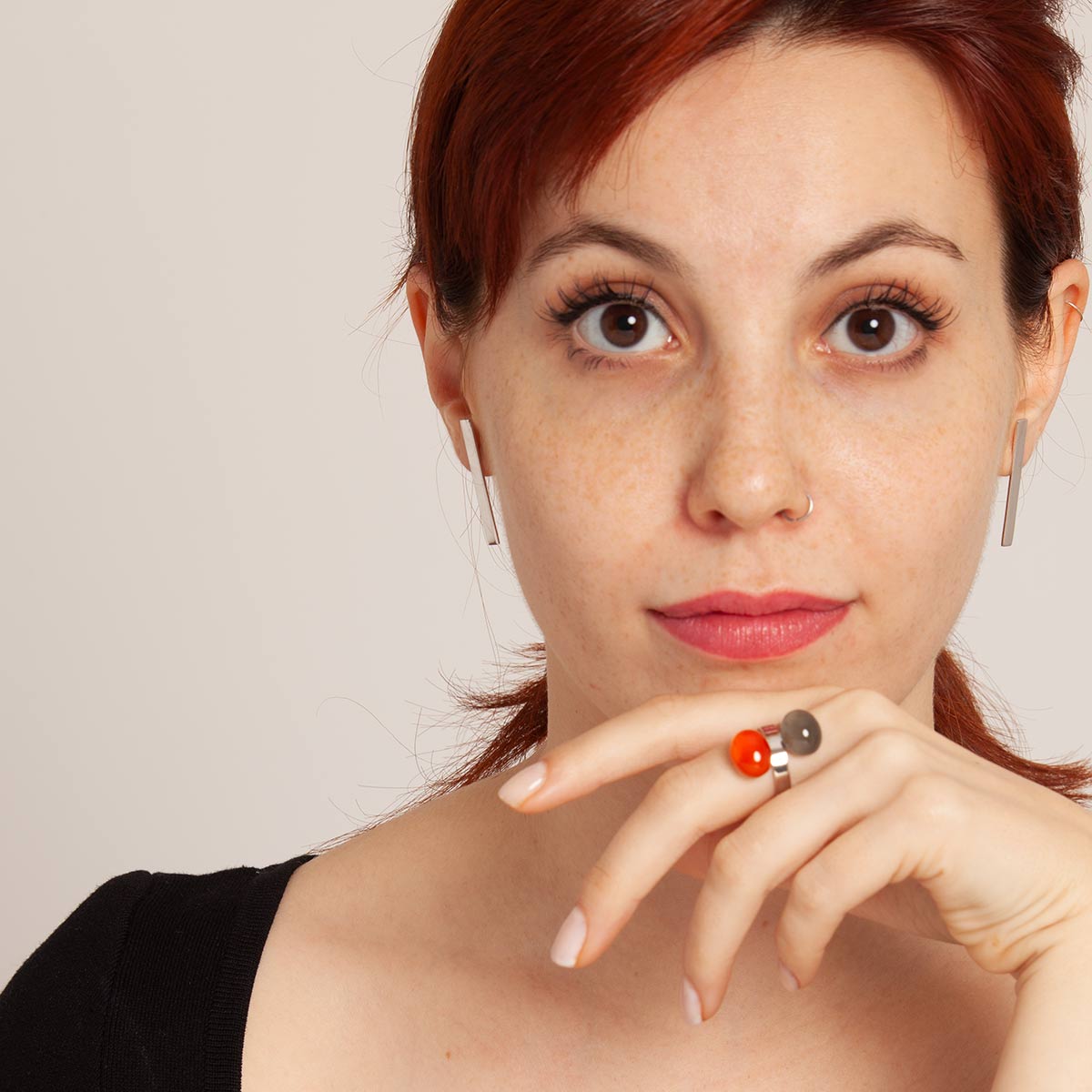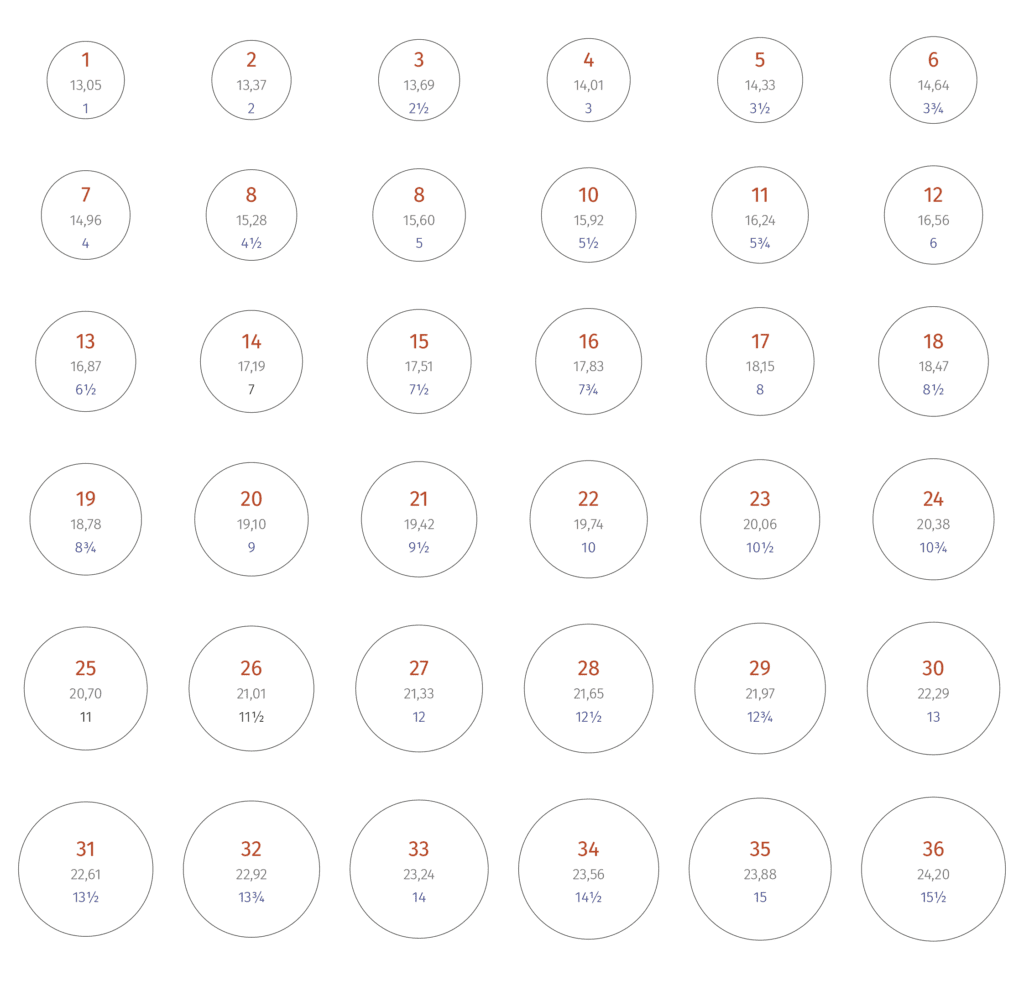This website uses cookies so that we can provide you with the best user experience possible. Cookie information is stored in your browser and performs functions such as recognising you when you return to our website and helping our team to understand which sections of the website you find most interesting and useful.
Pau ring in silver, moonstone and carnelian agate
Pau ring in sterling silver, gray moonstone and carnelian agate
102,00 €
Handmade ring with two pieces in the shape of an oval cabochon of 12×10 mm moonstone and 12×10 mm carnelian agate. Sterling silver hoop.
The Moon Stone It comes from Burma and is the common name for the opalescent microcline. It is white, gray or orange.
The agate It is a microcrystalline quartz of the chalcedony family that comes from Brazil. It is volcanic in nature and owes its variety of colors to the multiple inclusions that were deposited during its formation and subsequent cooling. Its name comes from the Achates river, in Sicily, where it was found for the first time.
The carnelian agate, also called carnelian, it is a variety of agate. It has a reddish color that goes from orange to brown, due to the presence of iron oxide.
It has been used as a gem in jewelry making since Greek and Roman antiquity.
There are deposits in many parts of the world such as Brazil, the United States, Madagascar or Mongolia.
- Handmade product
- Free shipping on the peninsula
- Delivery in 15 business days
craft culture
Craft time is a time that takes us out of the urgency of everyday life. A time that obeys the materials with which he works, listening to them and accompanying them. It is therefore a gesture far from routine, the one that machines repeat over and over again. The time for crafts in Belén Bajo is also the time for durable materials, metals, stones, to which timeless, simple shapes are proposed, with a certain geometric flavor.
Stylistic influences
Belén Bajo jewelery seeks maximum formal simplicity without giving up a playful touch. In part, its formal universe comes from the Central European rationalist and functional culture, its Mediterranean roots and the survival of the plastic forms of the culture of Al-Andalus in which a geometrized nature is presented by means of infinite patterns.
About Bethlehem Bajo
Belén Bajo trained at the School of Fine Arts in Madrid. There, from formal experimentation, the accumulation of references and manual work, he developed a way of understanding both plastic creation, a universe of chromatic and material abstractions, as well as the value of the roundness of objects as carriers of symbolic meanings.










